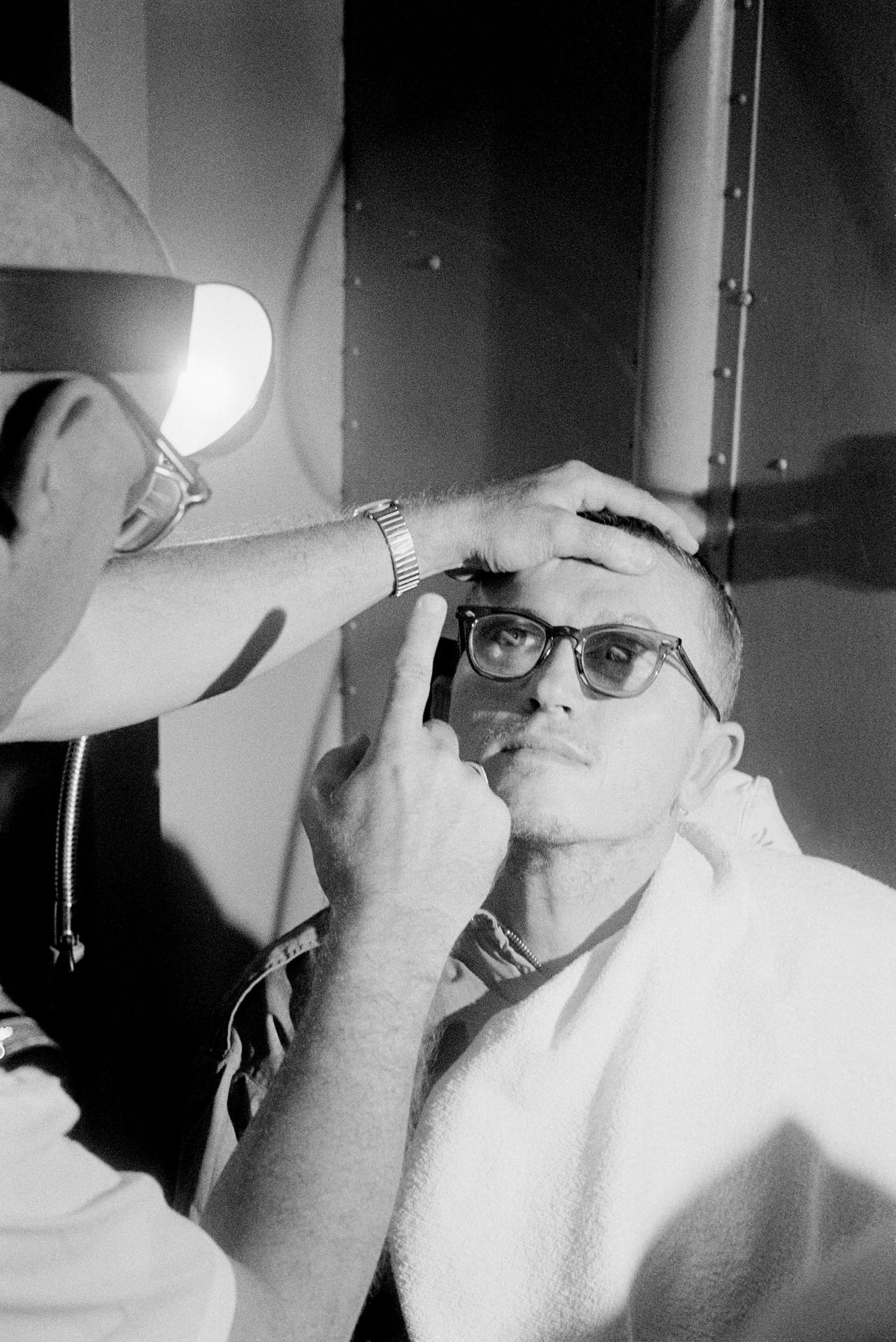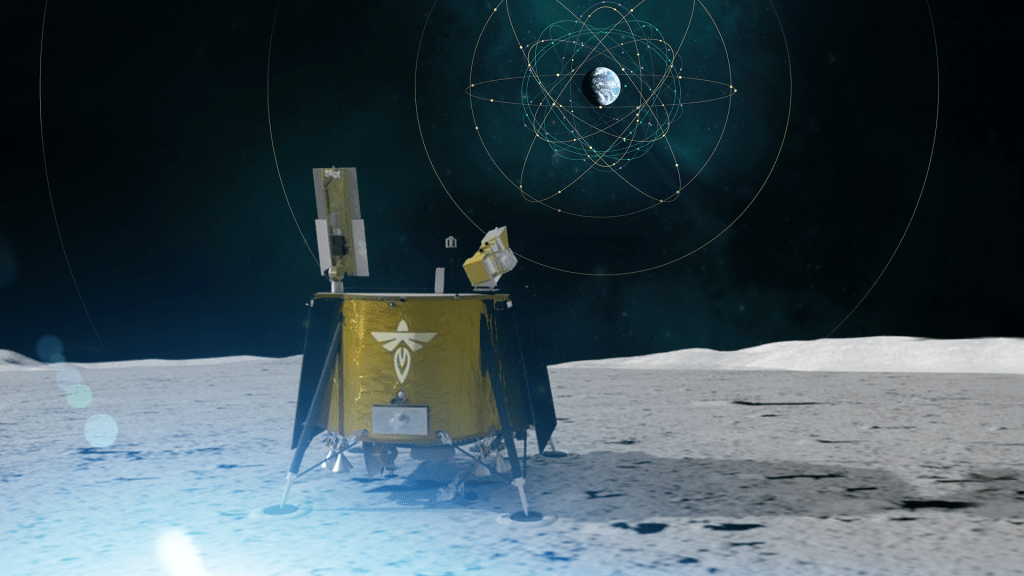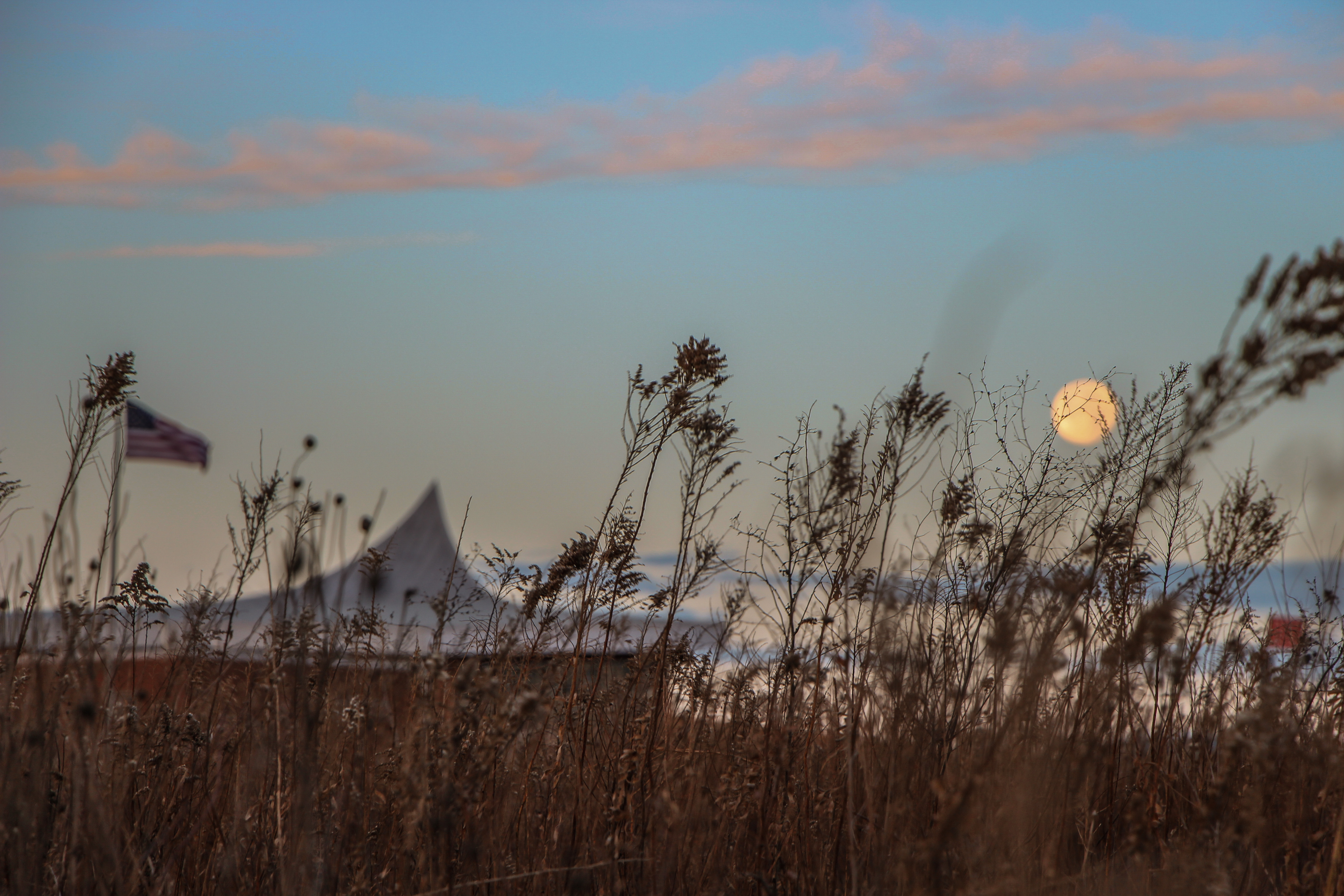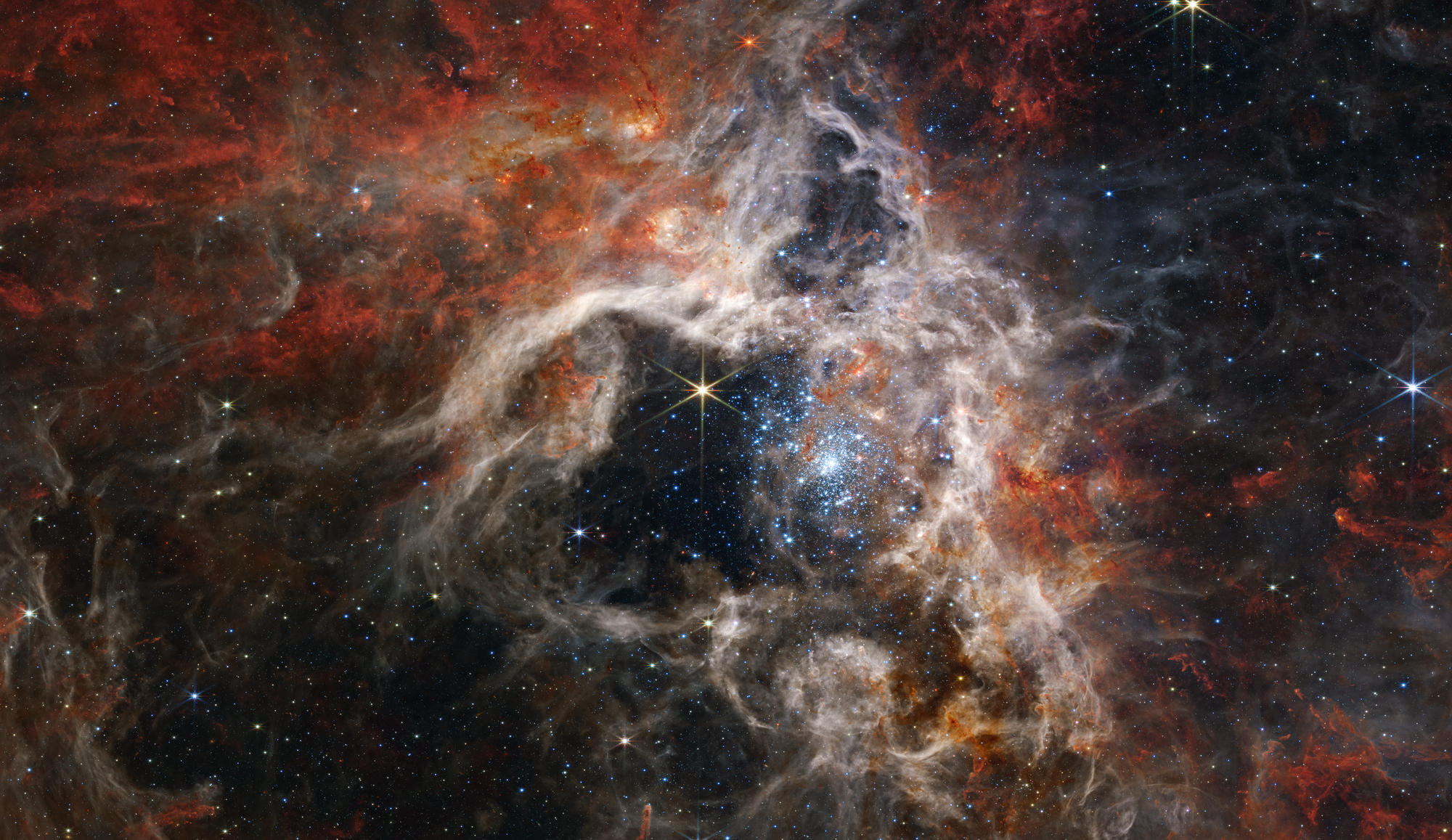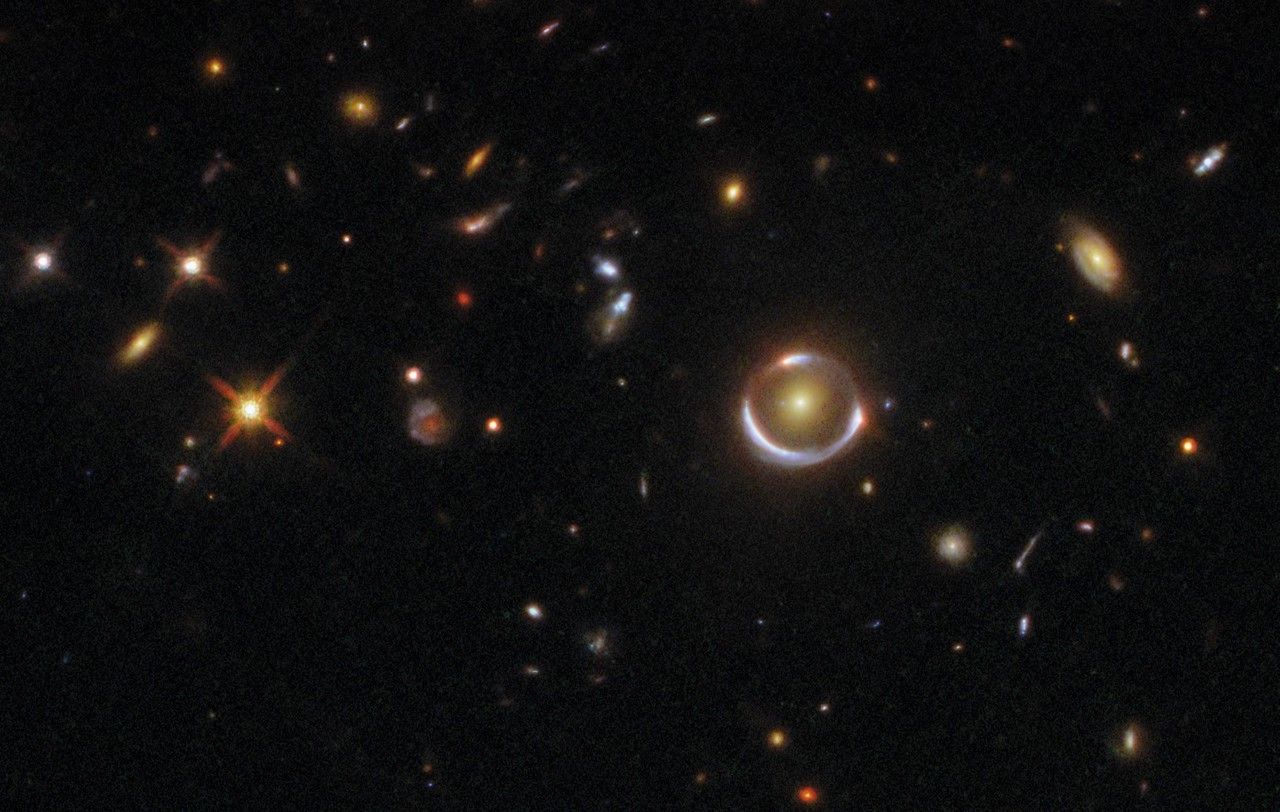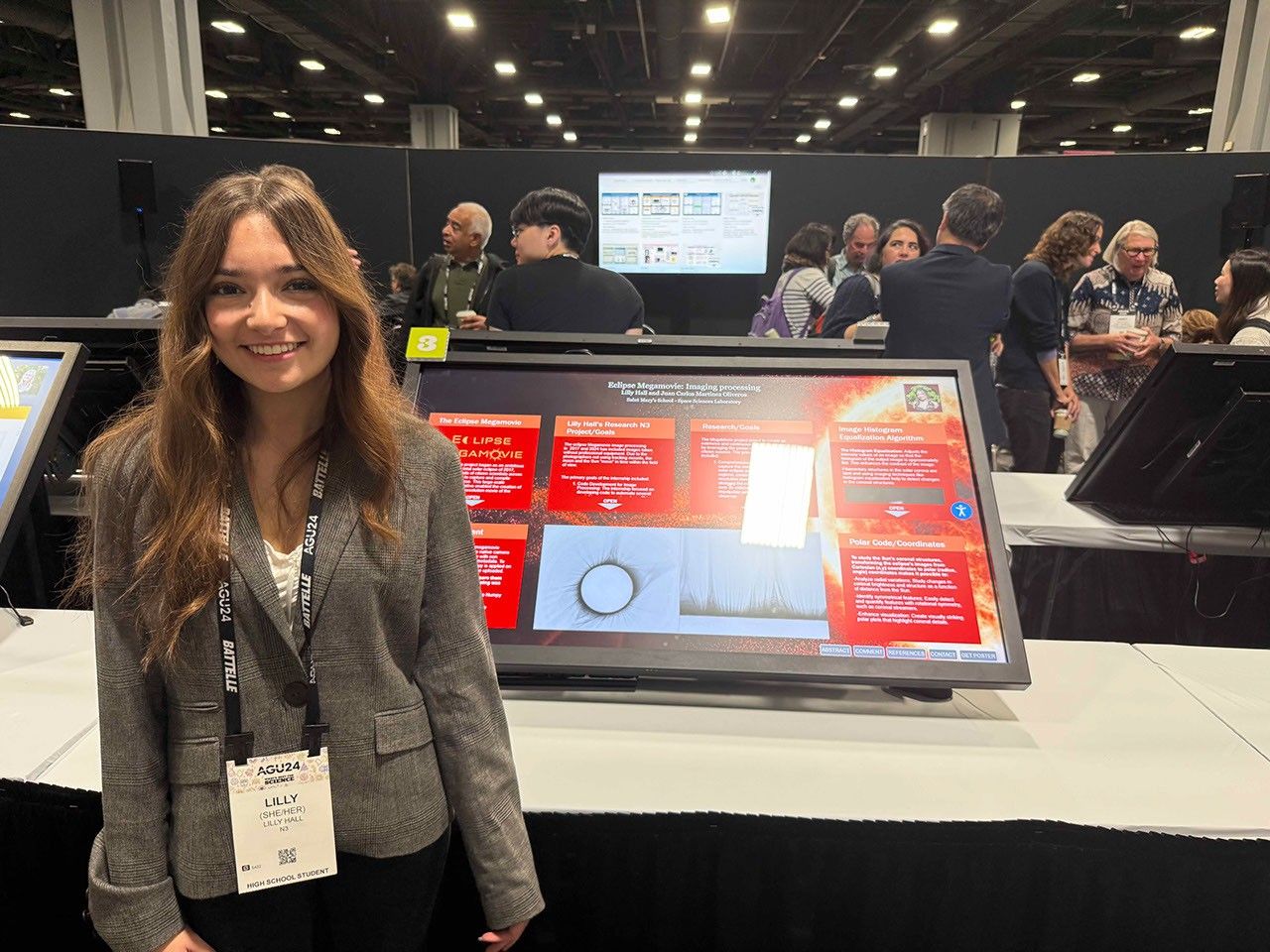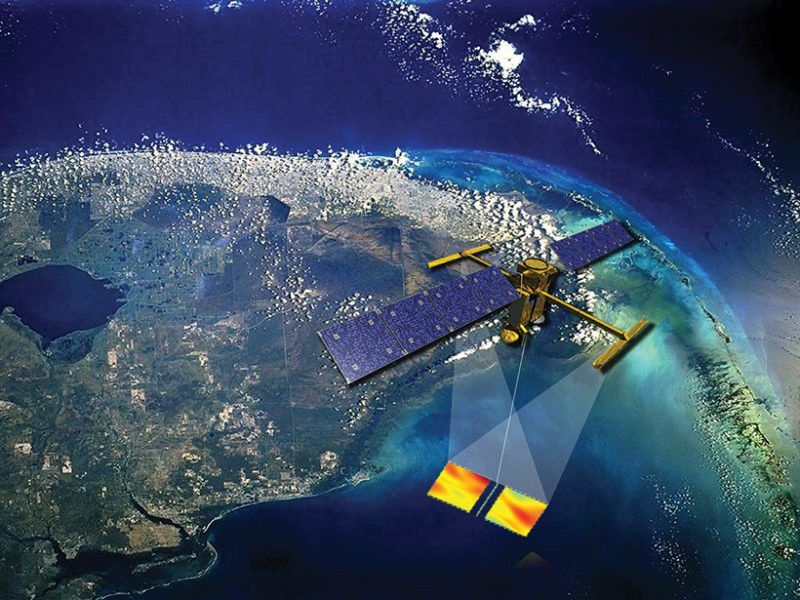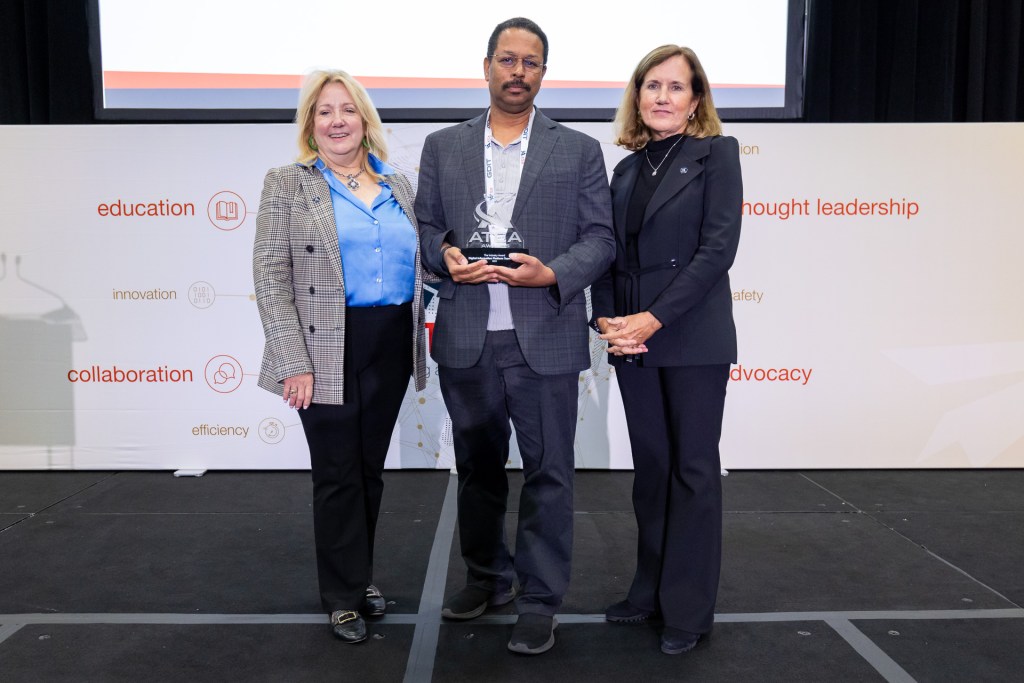Each February, NASA’s Marshall Space Flight Center in Huntsville, Alabama, honors Black History Month with a celebration of its diverse workforce — the men and women who design, build and test the rockets, engines, space systems and technologies and science mission hardware that continue to expand humanity’s reach into the cosmos.
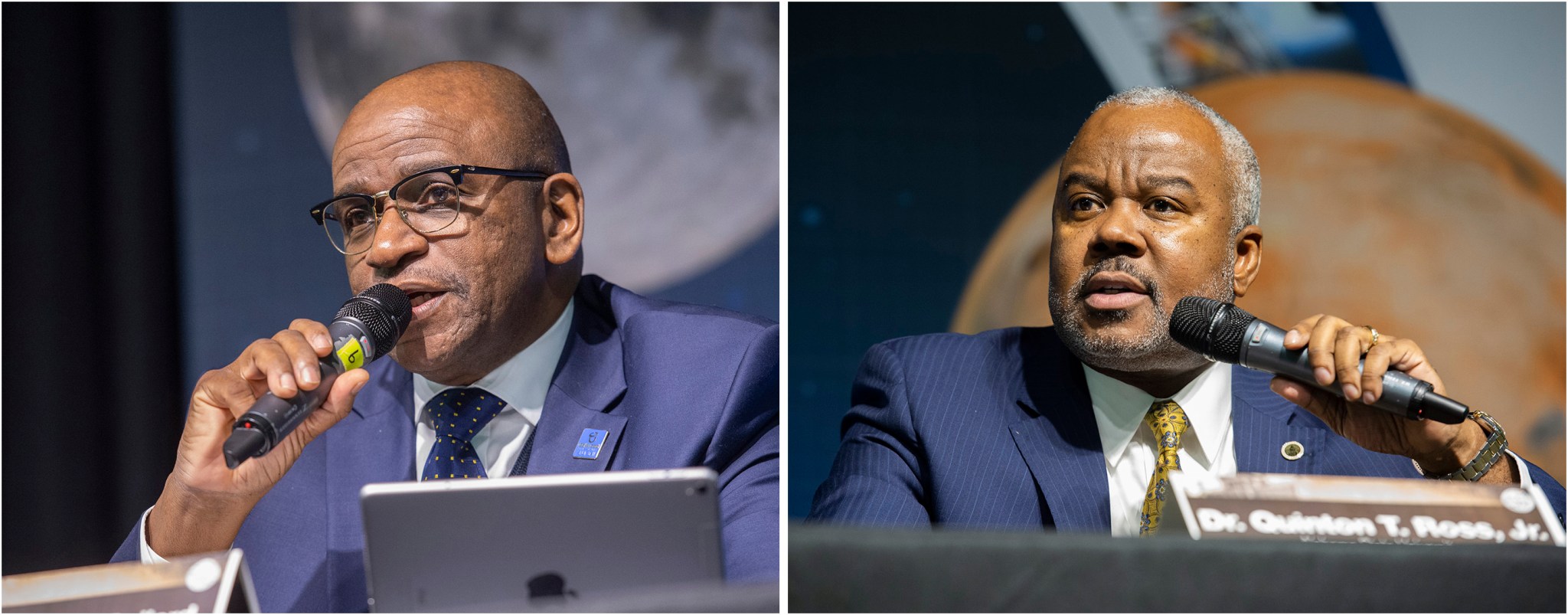
“Visibility and representation matter,” said Marshall Associate Director Steve Miley, addressing a Black History Month assembly Feb. 18. “We understand and value what diversity, inclusion and equality bring not just to our agency but to our mission… and we continue to strive to create a work environment where everyone can thrive.”
This year, Marshall has turned its commemorative spotlight on a vital resource that is, per its 2020 theme, “fueling the mission”: historically black colleges and universities.
HBCUs — defined by the Higher Education Act of 1965 as “any historically black college or university established prior to 1964, whose principal mission was, and is, the education of black Americans….” — account for 3% of all post-secondary higher education institutions in the United States.
According to the National Science Foundation, however, HBCUs are responsible for 16% of all science-related bachelor’s degrees awarded to African-American students. And a 2014 study reported that HBCUs accounted for 10 of the top 20 colleges awarding bachelor’s degrees in STEM fields – science, technology, engineering and mathematics — to black graduates.
That impact is plainly evident at Marshall, which includes 490 civil service employees who identify as a minority. Of that number, 134 graduated from an HBCU or minority-serving institution, or more than one in four. Those alums account for nearly 7% of the total Marshall civil-service workforce, and they’re everywhere one looks there.
Bobby Watkins, manager of Marshall’s Human Exploration Development & Operations Office, is a graduate of Albany State University in Albany, Georgia. “The experience wasn’t just about a community of like-minded students, but a faculty dedicated to mentoring and coaching us, to giving us a strong foundation to build our lives on,” he said.
Watkins joined NASA in 1986 as a mission operations engineer at NASA’s Johnson Space Center in Houston, and praises how far the federal system has come in ensuring “we learn from everyone, listen to every voice,” he said.
Ruth Jones, who graduated from the University of Arkansas at Pine Bluff in 1994, said the guidance she received there helped shape her career. “I liked math. I was a problem-solver,” said Jones, now Marshall’s Industrial Safety Branch chief and acting deputy director of NASA’s Michoud Assembly Facility in New Orleans. “My school channeled my passion, pointed me at opportunities, showed me how to contribute in a meaningful way.”
Marshall Chief Counsel Audrey Robinson, who graduated from Oakwood University in Huntsville, Alabama, in 1986, benefited initially from that HBCU’s program for academically gifted high school students, and its partnership with NASA’s Summer High School Apprenticeship Research Program, or SHARP. She interned in Marshall’s Materials Laboratory after her junior year of high school and worked there the summer after she graduated.
She credits the inspiration of several Marshall and Oakwood mentors — and the longtime close affiliation between the institutions — with inspiring her to stay with the space program even after she moved from engineering to law. “My advisors at Oakwood, like my mentors at Marshall, really cared,” she said. “They encouraged me to be my best, to always seek excellence. That attentiveness, that care, were life-changing.”
A new video created by Marshall’s Office of Diversity and Equal Opportunity showcases these individuals and more: Albanie Bolton, a graduate of Alcorn State University in Lorman, Mississippi, now avionics lead discipline engineer supporting RS-25 engine work for the Space Launch System; Hansel Gill, a graduate of Oakwood University, now managing SLS subsystems for core stage and upper stage production; Kim Solomon, a graduate of Savannah State College in Savannah, Georgia, deputy program manager for IT services in Marshall’s Office of the Chief Information Officer.
All these HBCU graduates work to help turn new classes of HBCU students into future engineers and scientists — and also to turn the current generation of NASA workers into tomorrow’s leaders.
“It’s a twofold mission,” Watkins said. “I’m responsible for molding and building the next crop of diverse, experienced leaders coming up through the ranks right now. I also have to look beyond them, at the students just beginning their journeys. That means doing personal outreach, commencement speeches, visiting classrooms to talk about my experience and the opportunities available to them in government, in NASA.”
“It’s about giving back,” Jones agreed. She goes home often to tiny West Helena, Arkansas, to speak to high school students, some occupying the very same seats she once sat in. “This talent pool is wider than people realize,” she added. “And far deeper.”
NASA and Marshall work to engage and inspire underrepresented populations through a wide variety of education initiatives, internships and other STEM activities. The Minority University Research and Education Project, for example, awards multiyear grants to assist minority institution faculty and students in vital mission research. Marshall’s Black History Month events and other diversity-themed activities and celebrations are organized by the Office of Diversity and Equal Opportunity.
The Black History Month program, part of NASA’s African-American Special Emphasis Program, was cosponsored by Marshall’s Human Resources Office, Engineering Directorate and Office of Strategic Analysis and Communication.





